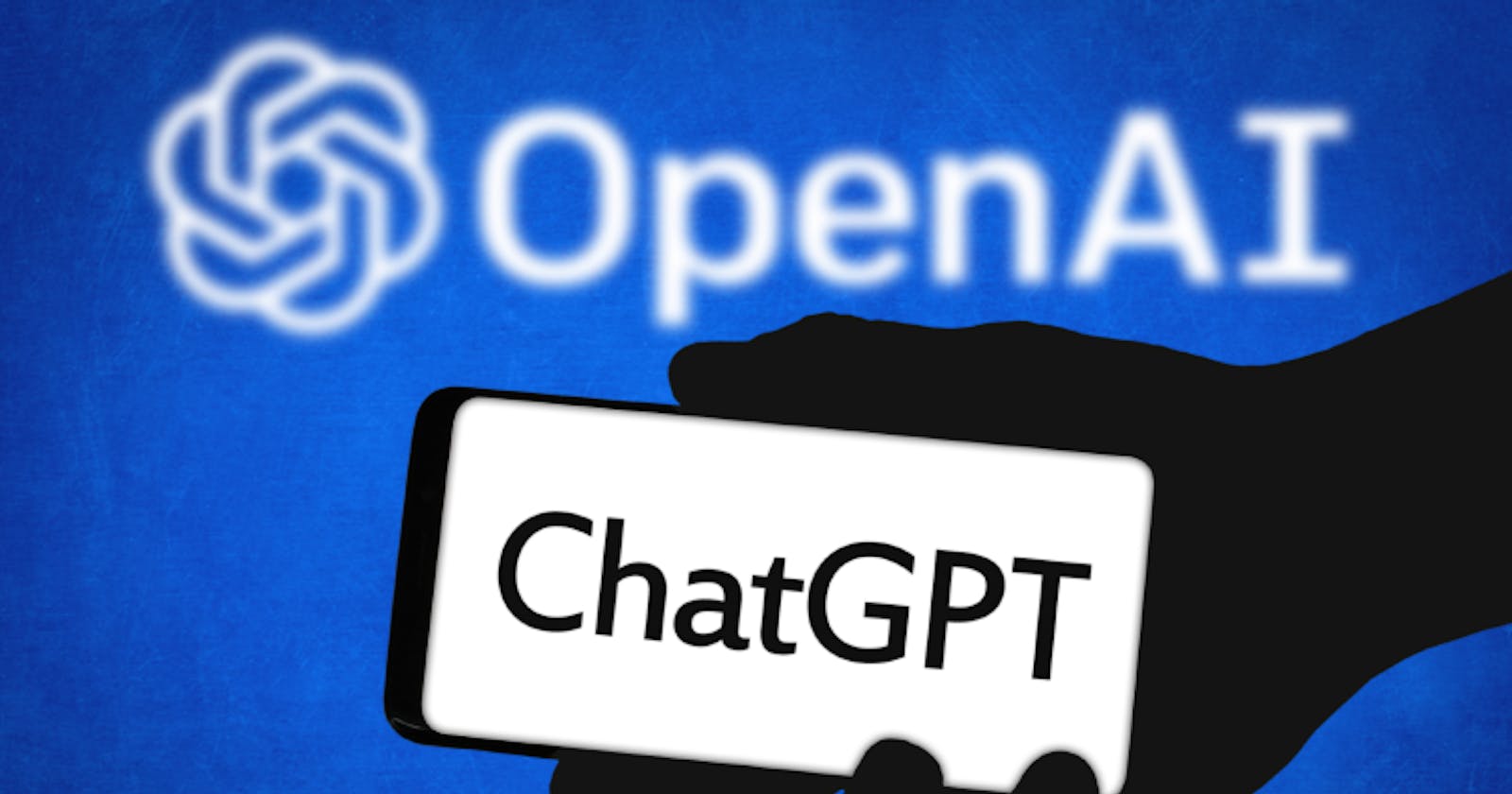As the world becomes increasingly digital, the way we communicate and interact with technology is changing. One of the most exciting developments in this space is ChatGPT, an AI language model that can generate human-like responses to text prompts.
ChatGPT is based on a technology called Generative Pre-trained Transformer 3 (GPT-3), which was developed by OpenAI. GPT-3 is a machine learning algorithm that has been trained on a massive amount of text data, including books, articles, and websites. It has been hailed as one of the most advanced language models in the world and has a wide range of applications, from chatbots to language translation tools.
One of the key benefits of ChatGPT is its speed and efficiency. Unlike humans, ChatGPT doesn't need breaks or rest and can continue generating responses for hours on end. This makes it an ideal tool for companies and organizations that need to handle a large volume of customer inquiries or support requests. For example, ChatGPT can be used to provide personalized customer service, answer common questions, or provide technical support.
Another benefit of ChatGPT is its ability to learn and adapt to new information. As it is fed more data and exposed to more conversations, its responses become more accurate and natural. This means that ChatGPT is constantly evolving and improving over time. In fact, some experts predict that ChatGPT and similar technologies could eventually replace traditional customer service jobs, as they become more sophisticated and capable.
However, as with any disruptive technology, there are concerns about how ChatGPT will impact the job market and the role of humans in society. While it's true that ChatGPT can automate certain tasks that were previously performed by humans, it's important to remember that ChatGPT is a tool to assist humans, not replace them entirely.
Furthermore, there are potential risks associated with ChatGPT's ability to generate human-like responses. For example, some researchers have raised concerns about the potential impact of ChatGPT on young minds. Since ChatGPT can generate responses that are virtually indistinguishable from those of a human, there is a risk that young people may be more susceptible to its influence.
One potential risk is that young people may be more likely to trust and follow the advice given by ChatGPT. While ChatGPT is designed to provide accurate and helpful information, it is not a perfect tool and may not always provide the best advice. If young people rely too heavily on ChatGPT for guidance, they may miss out on the opportunity to learn critical thinking skills and make decisions on their own.
Another potential risk is that young people may become too reliant on ChatGPT for social interaction. ChatGPT is designed to simulate human conversation, and can provide a sense of connection and companionship for young people who may be feeling lonely or isolated. However, if young people spend too much time interacting with ChatGPT and not enough time interacting with real people, they may struggle with social skills and emotional intelligence.
There is also a risk that ChatGPT could exacerbate existing mental health issues in young people. For example, if a young person is struggling with anxiety or depression, they may turn to ChatGPT for comfort and support. While ChatGPT can provide empathy and understanding, it is not a substitute for professional mental health care. If young people rely too heavily on ChatGPT for emotional support, they may miss out on the opportunity to receive the care and treatment they need.
So, what can be done to mitigate these risks?
One possible solution is to promote digital literacy and critical thinking skills among young people. By teaching young people how to evaluate information and make informed decisions, they will be better equipped to navigate the potential risks associated with ChatGPT and other digital technologies. It's also important to emphasize the importance of human interaction and social skills, and to encourage young people to connect with others in person.
Another possible solution is to develop tools and safeguards that can help protect young people from the potential risks of ChatGPT. For example, parents and educators could be provided with resources to help them monitor and guide young people's interactions with ChatGPT. Additionally, ChatGPT developers could incorporate features such as age restrictions or content filters to prevent young people from accessing potentially harmful or inappropriate content.
In conclusion, ChatGPT is a disruptive technology with tremendous potential for transforming the way we communicate and interact with technology. While there are concerns about the potential impact of ChatGPT on the job market and society as a whole, there are also potential risks associated with ChatGPT's ability to generate human-like responses. It's important to take steps to mitigate these risks and promote digital literacy and critical thinking skills among young people, while also embracing the benefits that ChatGPT and other AI technologies have to offer.

